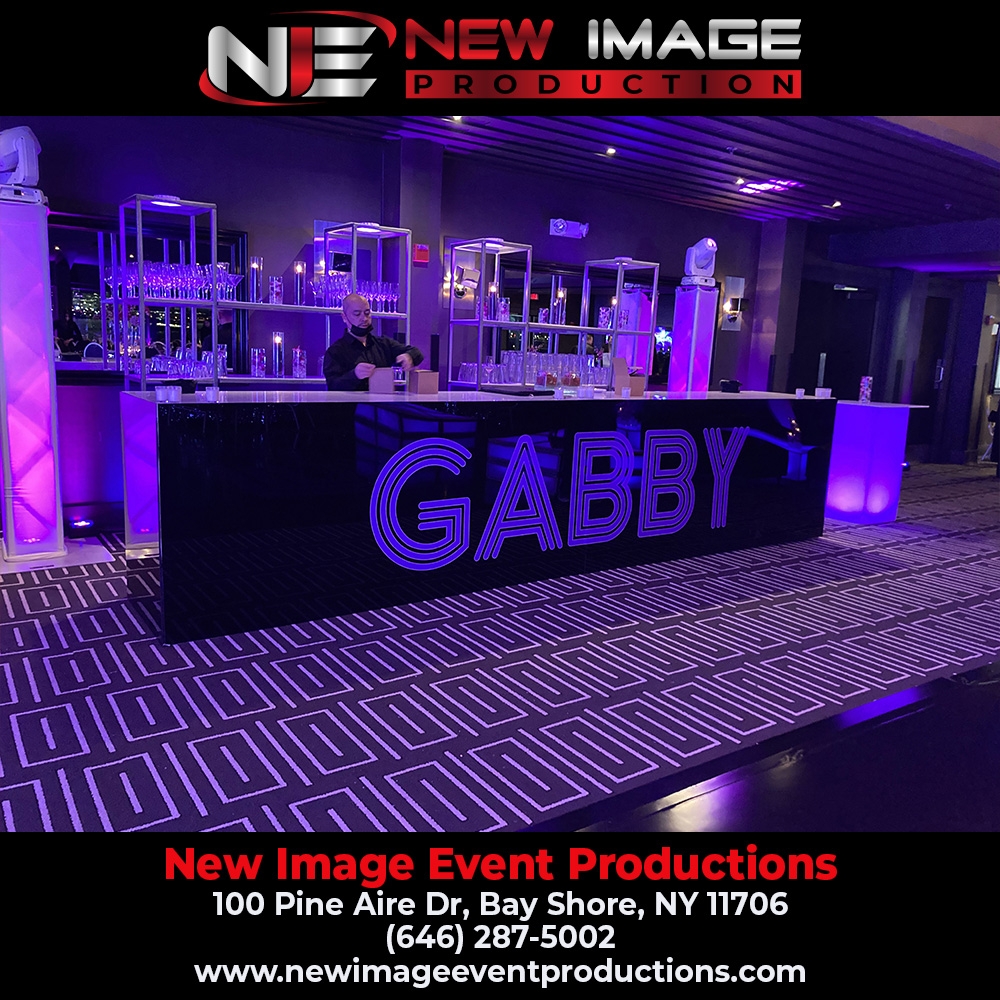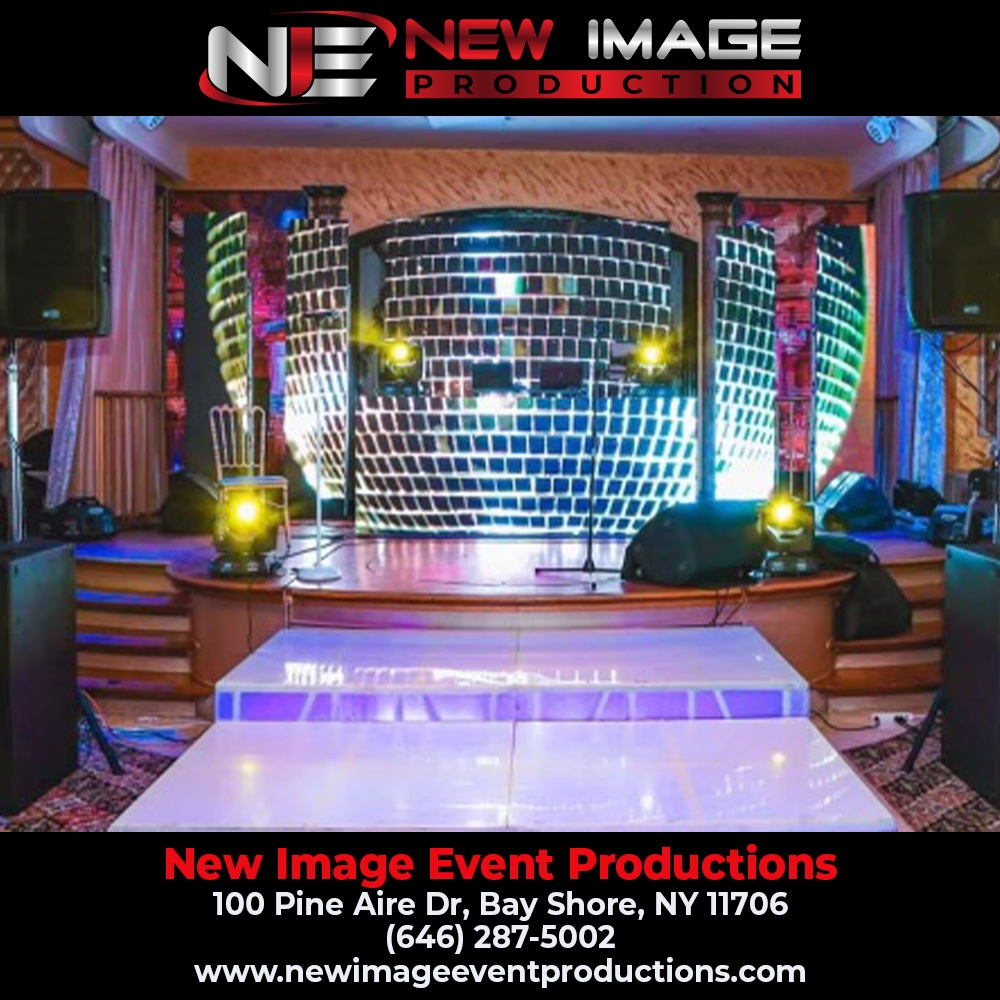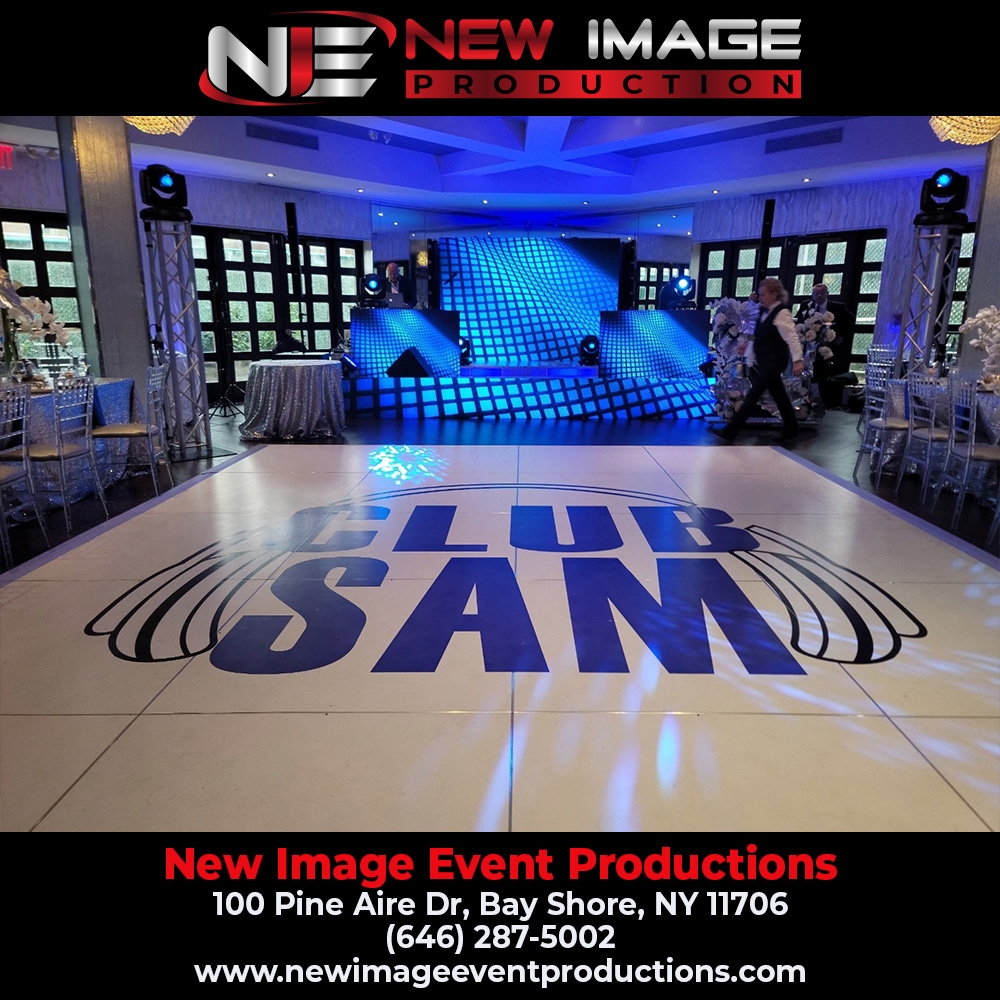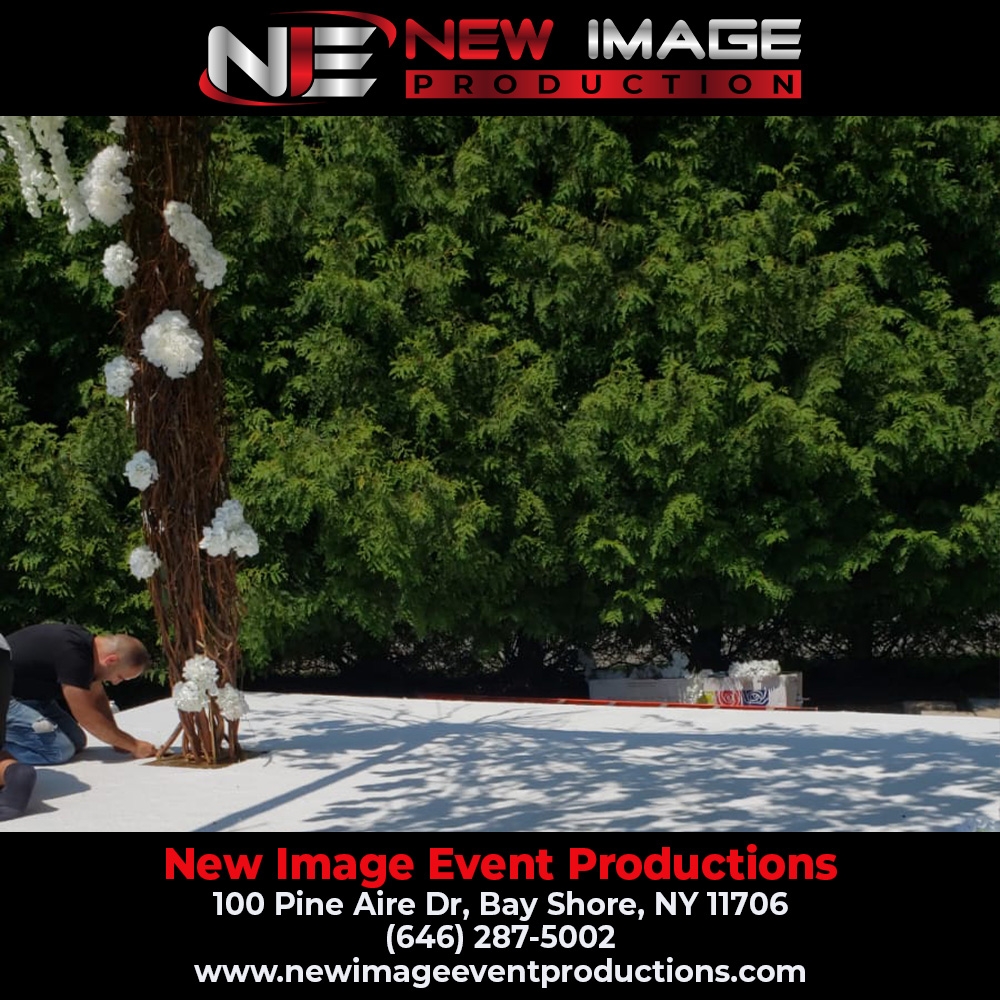Equalizers (EQ)
How do parametric equalizers differ from graphic equalizers in terms of adjusting specific frequencies?
Parametric equalizers differ from graphic equalizers in their ability to adjust specific frequencies with more precision. Parametric EQs allow users to control the center frequency, bandwidth (Q factor), and gain of each band independently, giving them more flexibility in shaping the sound. On the other hand, graphic EQs have fixed frequency bands with predetermined bandwidths and gains, limiting the specificity of adjustments that can be made.








